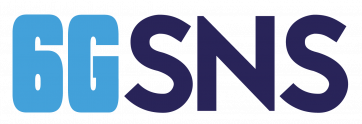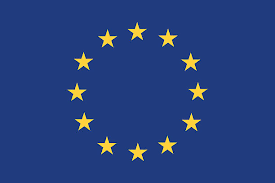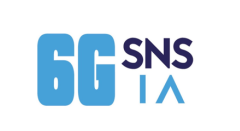
SNS JU August 2023 Newsletter
Are you aware that:
The Governing Board has been renewed
 The members of the SNS JU Board, including representatives from the 6G-IA: Colin Willcock – Nokia (Chair of the SNS Governing Board), Damir Filipovic – AIOTI, David Kennedy – Eurescom GmbH, Afif Osseiran – Ericsson, Anton-Haro Carles – Centre Tecnològic de Telecommunications de Catalunya (CTTC) and a representative from the European Commission, Pearse O’ Donohue (Vice Chair of the SNS Governing Board) as been renewed during the 3rd Meeting of Governing Board the 14 of July 2022.
The members of the SNS JU Board, including representatives from the 6G-IA: Colin Willcock – Nokia (Chair of the SNS Governing Board), Damir Filipovic – AIOTI, David Kennedy – Eurescom GmbH, Afif Osseiran – Ericsson, Anton-Haro Carles – Centre Tecnològic de Telecommunications de Catalunya (CTTC) and a representative from the European Commission, Pearse O’ Donohue (Vice Chair of the SNS Governing Board) as been renewed during the 3rd Meeting of Governing Board the 14 of July 2022.
The SNS Phase 1 projects are up and running
 On 14th December 2022, the Smart Networks and Services Joint Undertaking (SNS JU) adopted its Research & Innovation (R&I) Work Programme 2023-2024, including information about the 2023 call for project proposals under Horizon Europe. The R&I Work Programme (ANNEX II to the 2023 SNS annual Work Programme) will be the basis for the second SNS Call for Proposals, with earmarked public funding of €132 million. It will be launched on 17th January 2023 and will include 3 complementary streams.
On 14th December 2022, the Smart Networks and Services Joint Undertaking (SNS JU) adopted its Research & Innovation (R&I) Work Programme 2023-2024, including information about the 2023 call for project proposals under Horizon Europe. The R&I Work Programme (ANNEX II to the 2023 SNS annual Work Programme) will be the basis for the second SNS Call for Proposals, with earmarked public funding of €132 million. It will be launched on 17th January 2023 and will include 3 complementary streams.
In addition, 6G research gains momentum in the world:
National 6G Initiatives are launched in Europe
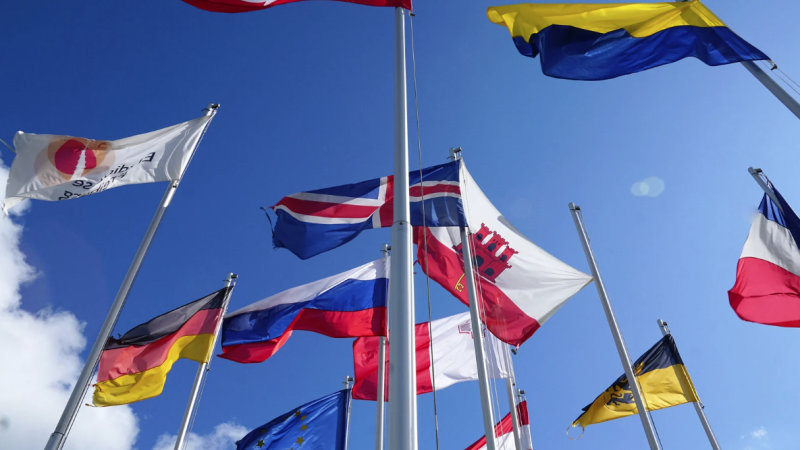
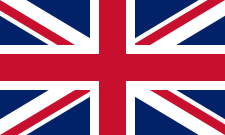
In June 2023, the UK government allocated more than EUR120 million to accelerate 6G research (and 50 million EUR to 5G). the work will involve three UK universities and major telecom companies. The DCMS is also funding projects including REASON (EUR14 million), TUDOR (EUR14 million) and YO-RAN (EUR5.6 million). A R&D partnership between South Korea and the UK on Open RAN has also been launched.
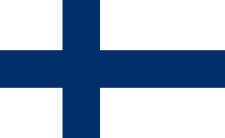
Launched in 2018, the 6G Flagship Program in Finland is led by the University of Oulu. The 6G flagship project Hexa-X is coordinated by Nokia with participation from Finnish technology universities. The first 6G testbeds are expected by 2026.

The 6G program was launched in Germany in 2021. The Government earmarked 700 million EUR of public funding. Funded by the Federal Ministry of Education and Research, 6G research hubs and industry projects started in 2021-2022 (EUR 380 million).
Five 6G research hubs were settled with EUR 180 million: the 6G platform (Platform for future communication technologies and 6G) promotes harmonization with international regulation and standardization and welcomes participation by society and industry, 6G-RIC (Research and Innovation Cluster), 6GEMA, Open6GHub, and 6G-Life.
With EUR 182 million of funds, 17 industry-led projects started in 2022 including 6G-ANNA. Since July 2022, the Nokia Germany-led 6G-ANNA (6G-Access, Network of Networks, Automation & Simplification) has been developing a holistic design for 6G, what includes a closed end-to-end architecture. 6G-ANNA is part of the larger “6G Platform German” national initiative.

In France, the government earmarked EUR750 million for future networks. In July 2023, it created a “France 6G” platform, for the rollout of 6G scheduled for 2030. It also announced the launch of the PEPR program (Networks of the Future) funded by EUR65 million over 6 years (as part of France 2030) and 10 major projects targeted. The PEPR program is steered by three major French research entities (CEA, Institut Mines Telecom and CNRS).

The national initiative on 6G in Spain is a part of the Digital Spain 2026 initiative started by the Ministry for Economic Affairs and Digital Transformation as a part of the country’s digital transformation roadmap. Within this roadmap, several plans have been launched at the national, regional and local level. Initially the ‘España Digital 2025’ initiative was launched in July 2020, but in July 2022 it was updated to ‘España Digital 2026’. For Research and Innovation (R&I), additional bottom-up funding in all digital areas is made available by the Ministry for Science and Innovation in the context of the Spanish ‘Strategy for Science, Technology and Innovation 2021-27’. In both cases, the initiatives launched are synchronized by design with EU strategies / programs. For ‘España Digital 2026’, indicative overall Budget (2021-26) is up to EUR 31.8 billion, and comprehensively covers most relevant digital areas from different perspectives: R&I, technology uptake, deployment, skills, regulation and other investments. However, this report only focusses on the national developments with regards to research and innovation in 6G as well as certain expansions of the 5G technology.
Late in 2021, the Spanish Government approved to allocate EUR95 million to 5G and 6G networks as part of the EUR1.4 billion in 2022 from the Recovery, Transformation and Resilience Plan, earmarked to improve connectivity in Spain (EUR1.362 million of which 631 million for the development of 5G and 736 million for the further roll-out of high-capacity broadband networks). In 2022, Spain offered an extra EUR 116 million in funding for new R&D projects. Early 2023, the Ministry of Economic Affairs and Digital Transformation announced EUR 60 million for the UNICO 5G Sectorial program 2023 for the development of 5G projects that promote driving sectors of the Spanish economy. The experimental projects associated with 5G should have with a medium degree of maturity both for the creation of prototypes and for its testing and validation or demonstration.
Outside Europe, 6G gains momentum. Many 6G Initiatives have been launched as 5G is maturing.

6G is probably at least 7 years away; however, many countries and regions have begun research around 6G. Joint projects between Asian advanced markets, the USA and Europe have also been successfully set up and running. Many countries plan to work together to create international standards.Success in 6G will depend on the extent regions succeed in building a solid 5G infrastructure, on which 6G technology experiments and, later, 6G deployments can build. In this context, building 5G ecosystems is of key importance.Apart from Europe, the USA, South Korea, Japan, China, and India have started developing 6G research intensely.
![]()
The Next G Alliance in North America was announced in 2020 and set in 2021 opening the way to the NSF RINGS and PAWR partnerships involving major vendors. Academic research centers and universities started to work on THz spectrum as from 2022 with the support of the FCC.
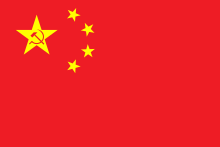
China is one of the 6G front runner. In China in 2019, when 5G was commercially launched, 6G research started: the 6G-ANA Industry Alliance was formed at that same time and two annual 6G research projects went to life in 2021 supported by the Ministry of Science and Technology. China allocated 6GHz spectrum in 2023 to 5Gand 6G. The country has also launched its first 6G satellite and plans to introduce 6G as early as 2025.
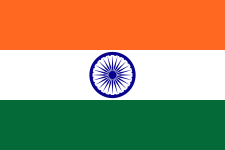
In India, the 6G Technology Information Group (TIG6-6G) which was formed by the Government aims at deploying 6G in 2030. Early indoor 6G trials took place in 2022 and 2023; outdoor trials are planned for 2024.

In Japan, the MSIT 6G program was announced in September 2020. Universities and vendors started to work actively. More than EUR400 million were allocated to 6G research at the end of 2022.

In South Korea, the MIC announced its roadmap towards 6G in June 2021. It launched a 5-year program aiming at launching early 6G services by 2026 and commercial services by 2028 with EUR160 million. ITRI, LG-KAIST 6G center and universities are heavily involved.

Singapore plans to launch 6G in 2030. Research involving the University of Technology is backed by the Government which secured USD50 million under the Future Communications Research and Development Program.
European collaboration with international stakeholders, 5G/6G associations and verticals continues
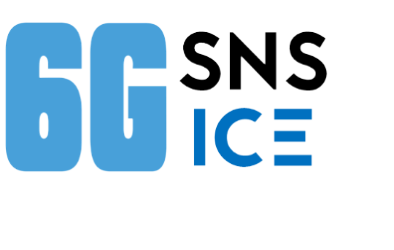 The SNS ICE project has established communication links with more than 24 international stakeholders including IMT-2030 (5G) & (6G) Promotion Group – China, 5GForum (South Korea), 5G MF (Japan, 5G Americas , Telebrasil – Projecto “5G Brasil”, ENCQOR (Canada), TSDSI (India, Beyond 5G Promotion Consortium – Japan, Next G Alliance – North America, Trade and Technology Council (EU-US, Industry Technology Research Institute (ITRI) – Taiwan.
The SNS ICE project has established communication links with more than 24 international stakeholders including IMT-2030 (5G) & (6G) Promotion Group – China, 5GForum (South Korea), 5G MF (Japan, 5G Americas , Telebrasil – Projecto “5G Brasil”, ENCQOR (Canada), TSDSI (India, Beyond 5G Promotion Consortium – Japan, Next G Alliance – North America, Trade and Technology Council (EU-US, Industry Technology Research Institute (ITRI) – Taiwan.
The project has also established connections with more than 30 European stakeholders and 6G National initiatives, including Key Digital Technologies (KDT), High Performance Computing (HPC), Photonics 21, AI, Data and Robotics, CCAM Association, DIH, Subnet works, CELTIC-NEXT, AENEAS, GSMA, Small Cell Forum, 6G Platform Germany…
It is also connected with more than 10 vertical stakeholders/associations including 5GAA (Automotive), ERTICO (transport systems and services), ECSO (security), PSCE (Security), NEM (Media), EBU (Media), 5G-ACIA (Manufacturing), UIC (Railways), EUTC (utilities), ECHAlliance (Healthà and/or 5G Health Association…

-
The 6G-PDN workshop discussed the roadmap and challenges in the technological areas of deterministic communications and deep network programmability in 6G to support future end-to- end time-critical applications.
- FIDAL Open Call Webinar – 2 November 2023
- IEEE CAMAD – 6-8 November 2023
- Fourth Visions for Future Communications Summit – 6-8 November 2023
- IEEE FNWF 2023 – 13-15 November 2023
- Symposum on Vision and Facts on 6G and Future Networks in Europe, 13-15 November 2023
- GLOBECOM 2023 – 4-8 December 2023
- PSCE Conference 2023, 5-6 December 2023
- 6Gsec Common Path and Cardinal Points “6Gsec CP²”, 23 January 2023
- WONS 2024, Call for Papers – 29-31 January 2024
- ETSI Artificial Intelligence Conference, 5-7 February 2023
- EuCNC & 6G Summit 2024 – 3-6 June 2024
